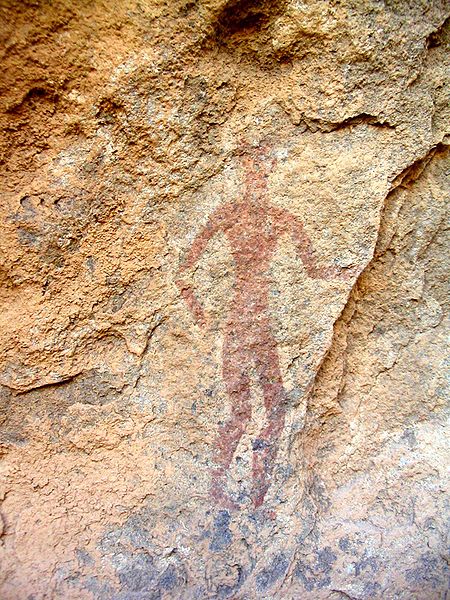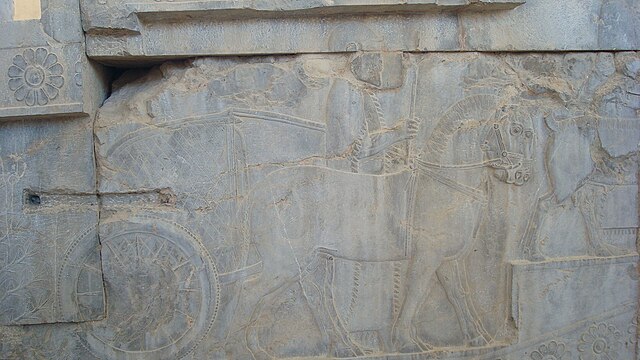The Sanhaja were once one of the largest Berber tribal confederations, along with the Zanata and Masmuda confederations. Many tribes in Algeria, Burkina Faso, Libya, Mali, Mauritania, Morocco, Niger, Senegal, Tunisia and Western Sahara bore and still carry this ethnonym, especially in its Berber form. Other names for the population include Zenaga, Znaga, Sanhája, Sanhâdja and Senhaja.
Dance group of Sanhaja from the western Sahara at the National Folklore Festival at Marrakech
Berbers or the Berber peoples, also called by their endonym Amazigh or Imazighen, are a diverse grouping of distinct ethnic groups indigenous to North Africa who predate the arrival of Arabs in the Arab migrations to the Maghreb. Their main connections are identified by their usage of Berber languages, most of them mutually unintelligible, which are part of the Afroasiatic language family. They are indigenous to the Maghreb region of North Africa, where they live in scattered communities across parts of Morocco, Algeria, Libya, and to a lesser extent Tunisia, Mauritania, northern Mali and northern Niger. Smaller Berber communities are also found in Burkina Faso and Egypt's Siwa Oasis.
Hoggar painting, Tassili n'Ajjer
An Egyptian statuette representing a Libyan Libu Berber from the reign of Rameses II (19th Dynasty) in 1279–1213 BCE. (Louvre Museum, Paris)
A faience tile from the throne of Pharaoh Ramesses III depicting a tattooed ancient Libyan chief c. 1184 to 1153 BC
Ancient Libyan delegation at Persepolis





